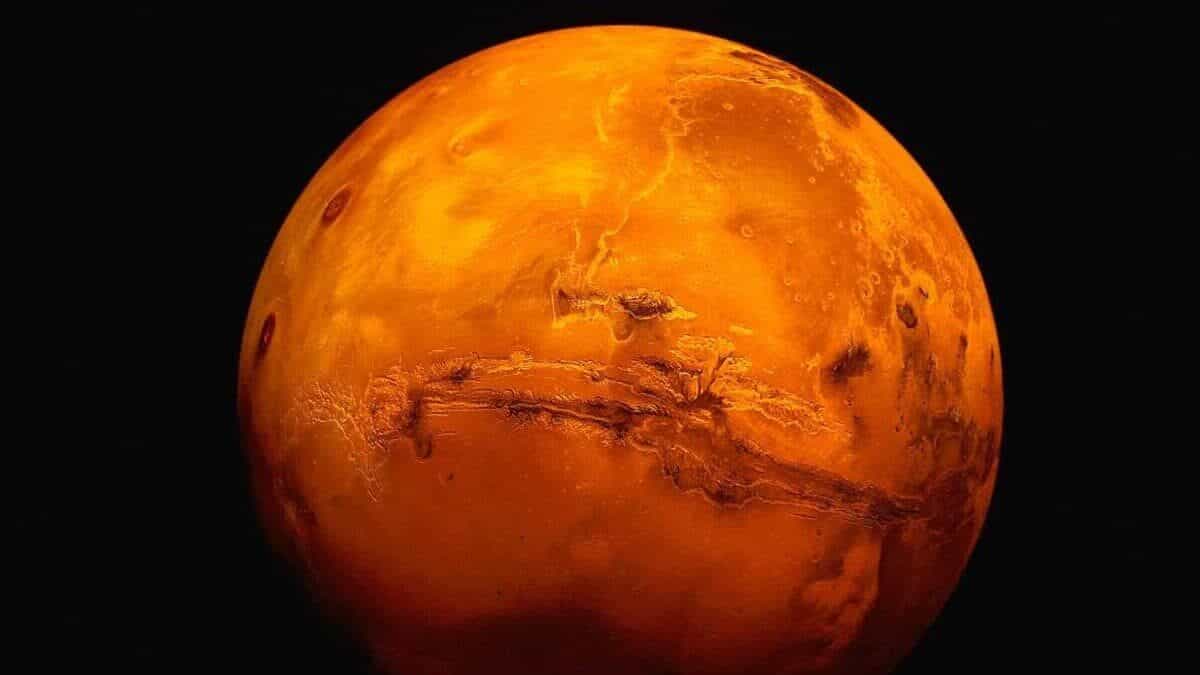
The search for extraterrestrial life on other planets has been ongoing for years, with scientists expecting to find some sign of life beyond Earth. While studying the tectonic activity that occurred on Mars around 4 billion years ago, scientists discovered 63 types of volcanoes that were unusually different from the rest of the Martian highlands. A team of planetary scientists determined that the topography of Mars’ Eridania area, where these volcanoes are located, was formed in reaction to changes in the planet’s crust.
The discovery is likely to influence the hunt for signs of alien life on Mars which is being studied by NASA’s Curiosity and Perseverance rovers. “The large basins in this region once hosted a lake system known as the Eridania paleolake, which was up to around a mile deep when the lake was at its greatest extent,” said team member and planetary geologist, who was at the Planetary Science Institute Aster Cowart while speaking to Space.com. “Long-lived volcanic sources next to abundant water may have fueled hydrothermal systems that could have nurtured life. At the very least, these findings give us a larger number of places we can look for evidence of life,” he added.
Mars, unlike Earth, has little to no volcanic or tectonic activity
Mars, unlike Earth, has little to no volcanic or tectonic activity. Furthermore, approximately half of Mars’ surface appears to be older than 3.5 billion years, implying that crustal recycling has not occurred extensively on the Red Planet. Plate tectonics drives crustal recycling on Earth, which occurs when one tectonic plate slips beneath another, forcing surface material to be recycled into the mantle between the Earth’s crust and molten core. The team that conducted this research investigated the mineralogy and morphology of Mars’ Eridania region using data acquired from spacecraft surrounding the planet, including the Mars Global Surveyor, Mars Odyssey, and the Mars Reconnaissance Orbiter.
“Various attributes of the Eridania region have drawn special attention for a while,” said Cowart. “Gamma-ray spectroscopy shows this to be a region of the crust with an especially distinctive composition, gravity data has shown it to be generally less dense and thicker than the rest of the Martian crust, and magnetic data shows it to be an intensely magnetized crust,” he added.